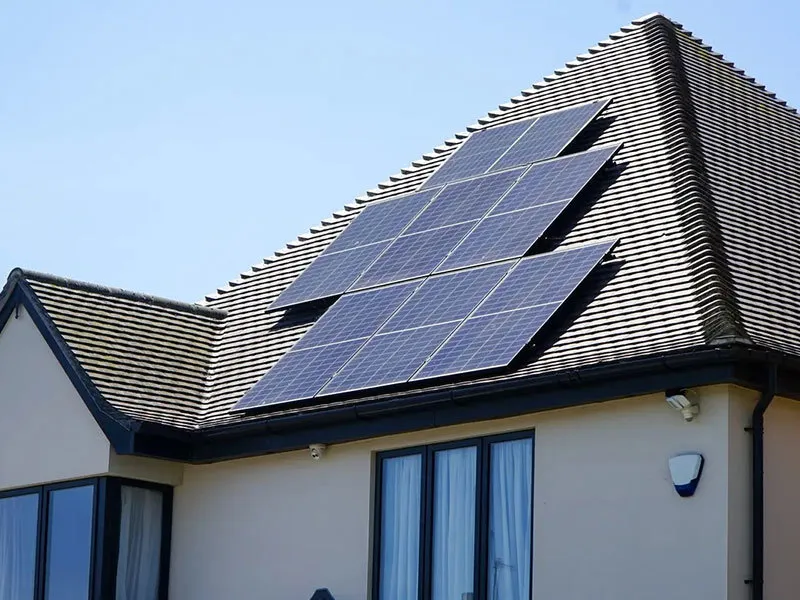theoretical maximum solar panel efficiency
Theoretical Maximum Solar Panel Efficiency Exploring the Limits of Photovoltaic Technology
Solar energy is one of the most promising renewable resources available today, and photovoltaic (PV) technology has made significant strides in converting sunlight into electricity. As we push the boundaries of performance and cost-effectiveness in solar energy production, it becomes crucial to understand the concept of theoretical maximum solar panel efficiency. This encompasses the highest possible efficiency that a solar cell can achieve under standard conditions, offering insights into the future of solar technologies and sustainability.
At its core, the efficiency of a solar panel is a measure of how effectively it converts sunlight into usable electrical energy. The theoretical maximum efficiency is often estimated using the Shockley-Queisser limit, which applies to single-junction solar cells. According to this model, the maximum efficiency for an ideal solar cell using single-bandgap materials can reach around 33.7%. This limit is derived from factors such as the energy of photons, the bandgap of the semiconductor material used, and the statistical distribution of photon energy in sunlight.
The Shockley-Queisser limit reveals that not all incoming solar energy can be converted into electricity. For instance, photons with energy lower than the bandgap of the semiconductor cannot generate electron-hole pairs, which are essential for electricity production. Conversely, surplus energy from photons with higher energy than the bandgap is lost as heat rather than being converted into electrical energy. This indicates that the optimization of the bandgap, alongside material and design advancements, is crucial in maximizing efficiency.
To go beyond the Shockley-Queisser limit, researchers have been exploring multi-junction solar cells. These advanced cells stack multiple layers of semiconductor materials, each with different bandgaps, to capture a broader spectrum of sunlight. By efficiently utilizing more wavelengths of light, multi-junction cells can theoretically achieve efficiencies exceeding 40%. While such technologies have been primarily used in space applications due to their high costs, ongoing research aims to make them accessible for commercial use.
theoretical maximum solar panel efficiency

Moreover, other innovative approaches such as light-trapping techniques, bifacial solar panels, and concentrator photovoltaic systems are being developed to enhance the overall efficiency of solar power systems. Light-trapping strategies involve structuring the solar cell surface to capture and utilize more sunlight effectively. Bifacial panels can absorb light from both sides, while concentrator systems utilize lenses or mirrors to focus sunlight onto high-efficiency solar cells, thereby increasing total energy output.
However, achieving higher efficiencies does not solely depend on advancements in materials and construction. The operational conditions, such as temperature and angle of incidence of sunlight, significantly influence performance. As panels heat up, their efficiency often decreases, leading to a need for improved thermal management solutions in solar installations.
In addition to efficiency, the sustainability of solar energy systems remains a focal point. As we strive for superior performance, considerations around the environmental impact of solar panel manufacturing, material sourcing, and end-of-life recycling emerge as pressing issues. Efforts to develop eco-friendly materials and technologies, along with policies promoting sustainability in the solar energy sector, will be essential for the responsible advancement of photovoltaic technology.
In conclusion, the theoretical maximum solar panel efficiency serves as a benchmark for researchers and engineers in their quest to harness solar energy effectively. While significant advancements have been made, the journey toward maximizing efficiency continues. With multi-junction cells, innovative designs, and a focus on sustainability, the future of solar energy holds promising potential. Ultimately, understanding and pushing the limits of solar panel efficiency will not only enhance energy production but will also contribute to a cleaner and sustainable future for our planet.
-
String Solar Inverter: The High-Efficiency Solution for Smart Solar EnergyNewsJul.14,2025
-
Revolutionizing Rooftop Energy with the Power of the Micro Solar InverterNewsJul.14,2025
-
Power Independence with Smart Off Grid Solar Inverter SolutionsNewsJul.14,2025
-
On Grid Solar Inverter: Powering the Future with Smart Grid IntegrationNewsJul.14,2025
-
Monocrystalline Solar Panels: High-Efficiency Power for the Future of Clean EnergyNewsJul.14,2025
-
Bifacial Solar Panel: A Smarter Investment for Next-Generation Energy SystemsNewsJul.14,2025







